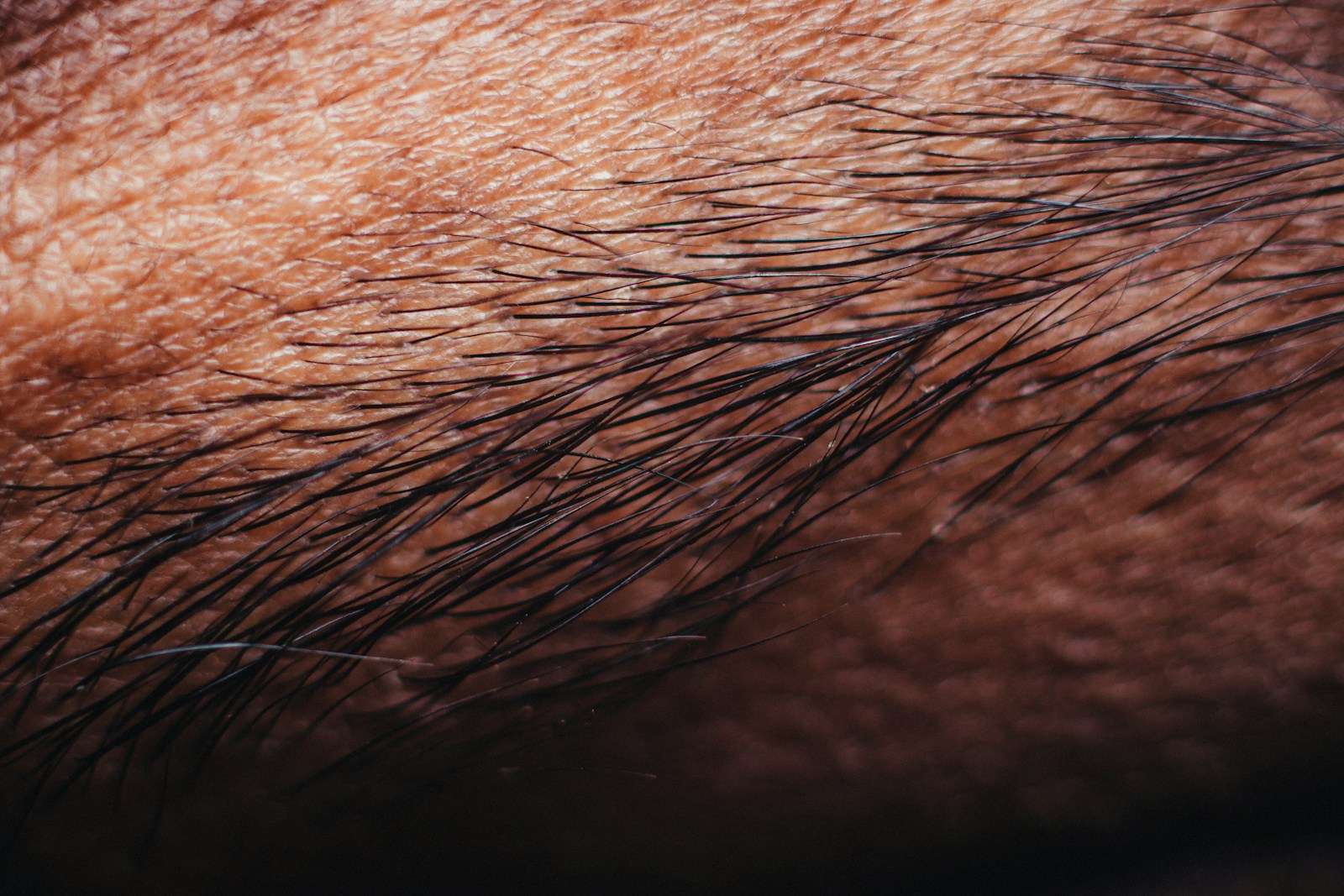Liposuction is a popular cosmetic surgical procedure that aims to remove excess fat deposits from specific areas of the body. It is often used to target stubborn fat that is resistant to diet and exercise. This procedure has gained significant popularity over the years, as it can help individuals achieve a more sculpted and toned appearance. In this blog post, we will explore the concept of liposuction and how it can effectively target stubborn fat.
İçindekiler
The Science Behind Liposuction
Liposuction works by using a suction technique to remove stubborn fat deposits from different areas of the body, such as the abdomen, thighs, hips, arms, and chin. This procedure is typically performed under anesthesia, and small incisions are made in the targeted area. A cannula, a thin tube, is then inserted through the incisions to break up the fat cells, which are then suctioned out.
One of the key benefits of liposuction is that it allows for precise targeting of specific fat deposits. This means that individuals can choose which areas they want to focus on, allowing for a more customized outcome. Additionally, liposuction can be used in combination with other procedures, such as a tummy tuck or breast reduction, to achieve optimal results.
The Effectiveness of Liposuction
Liposuction is an effective procedure for targeting stubborn fat. While it is important to note that liposuction is not a weight-loss solution, it can help individuals achieve a more proportionate and contoured body shape. It is particularly beneficial for those who have tried diet and exercise but have been unable to eliminate stubborn fat deposits.
It is essential to have realistic expectations when considering liposuction. The procedure can remove a significant amount of fat cells, but it does not prevent the remaining fat cells from expanding in the future. Therefore, maintaining a healthy lifestyle after liposuction is crucial to sustain the results.
The Recovery Process
After undergoing liposuction, it is normal to experience some swelling, bruising, and discomfort in the treated areas. Compression garments may be recommended to aid in the healing process and to help reduce swelling. It is essential to follow post-operative instructions provided by the surgeon to ensure a smooth recovery.
It is also important to note that the final results of liposuction may take several months to become apparent. As the swelling subsides and the body heals, the treated areas will gradually reveal a more sculpted and toned appearance.
Liposuction is a popular procedure for targeting stubborn fat that is resistant to diet and exercise. By utilizing a suction technique, liposuction can effectively remove fat cells from specific areas of the body, providing individuals with a more sculpted and contoured appearance. However, it is crucial to have realistic expectations and maintain a healthy lifestyle to ensure long-lasting results. If you are considering liposuction, consult with a qualified plastic surgeon to discuss your goals and determine if this procedure is right for you.
Liposuction is a surgical procedure that has been widely used to remove excess fat from specific areas of the body. It is often chosen by individuals who struggle with stubborn fat that does not respond to diet and exercise. While liposuction is not a weight-loss solution, it can help achieve a more proportionate and contoured body shape. This procedure has gained significant popularity over the years due to its ability to provide individuals with a more sculpted and toned appearance.
The science behind liposuction involves using a suction technique to remove fat cells from targeted areas such as the abdomen, thighs, hips, arms, and chin. The procedure is typically performed under anesthesia, and small incisions are made in the targeted area. A cannula, a thin tube, is then inserted through the incisions to break up the fat cells, which are then suctioned out.
One of the key advantages of liposuction is its ability to precisely target specific fat deposits. This customization allows individuals to focus on the areas they desire, resulting in a more tailored outcome. Moreover, liposuction can be combined with other procedures like tummy tucks or breast reductions to achieve optimal results.
It is important to note that liposuction is not a substitute for a healthy lifestyle. While the procedure can remove a significant amount of fat cells, it does not prevent the remaining fat cells from expanding in the future. Therefore, maintaining a balanced diet and regular exercise routine is crucial to sustaining the results of liposuction.
The recovery process after liposuction involves experiencing swelling, bruising, and discomfort in the treated areas. To aid in healing and reduce swelling, compression garments may be recommended. It is essential to follow post-operative instructions given by the surgeon to ensure a smooth recovery.
While immediate results may be visible after liposuction, it is important to understand that the outcome may take several months to become apparent. As the body heals and swelling subsides, the treated areas will gradually reveal a more sculpted and toned appearance.
In conclusion, liposuction is an effective procedure for targeting stubborn fat and achieving a more desirable body shape. By utilizing a suction technique, liposuction can effectively remove fat cells from specific areas of the body, providing individuals with a more sculpted and contoured appearance. However, it is important to have realistic expectations and maintain a healthy lifestyle to ensure long-lasting results. If you are considering liposuction, it is advisable to consult with a qualified plastic surgeon who can discuss your goals and determine if this procedure is right for you.




